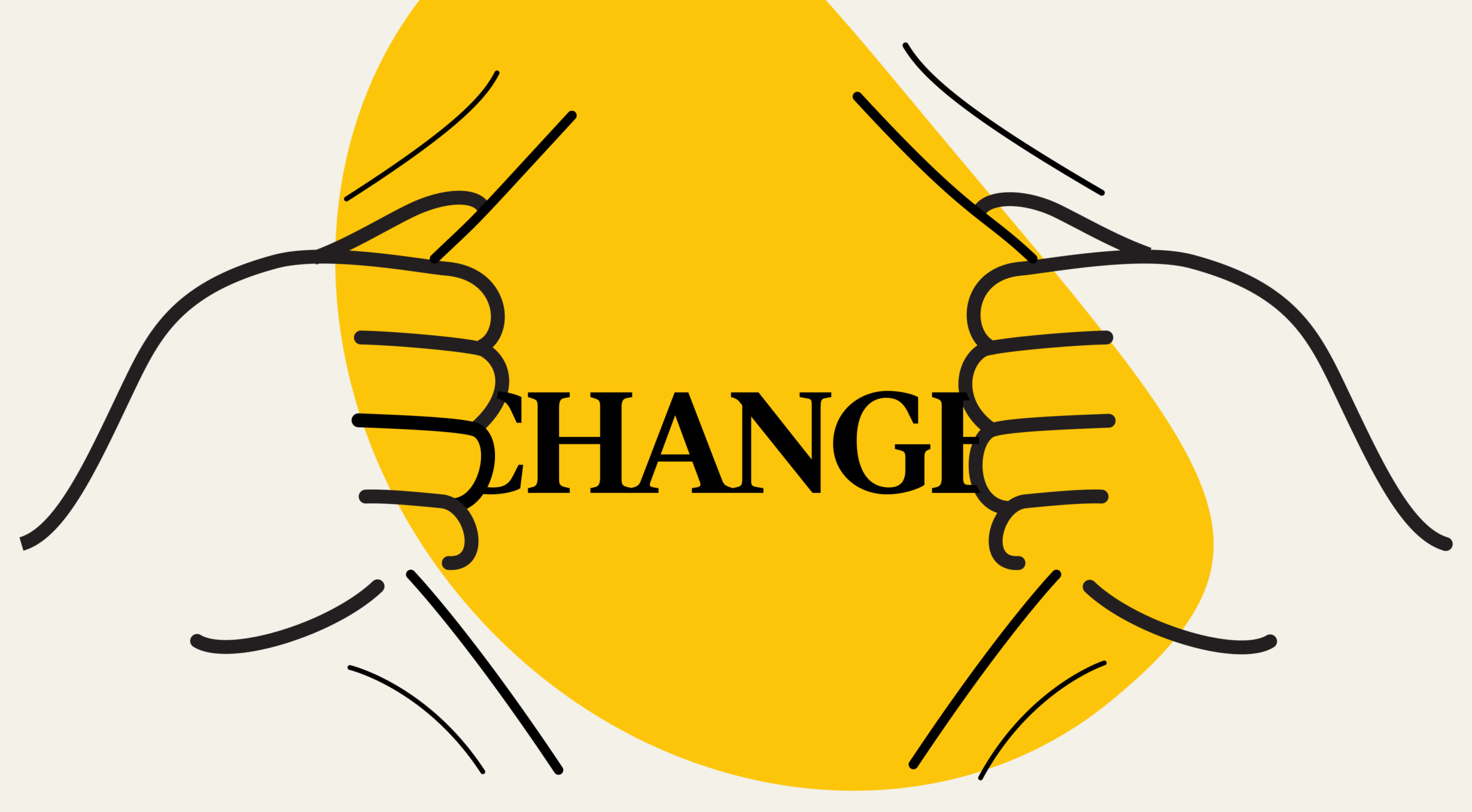You know something needs to change – but you’re not ready yet.
We often hear from people with talk to: “We’re a long way off from starting a change project like this.”
And they’re usually right. Timing matters. Budgets are tight. Teams are stretched. Priorities are elsewhere. Or perhaps the desire for change is there, but it feels too abstract – not enough urgency, not enough shape, not enough buy-in.
But here’s the thing: being “not ready” doesn’t mean doing nothing. There’s a lot you can do to prepare, without hiring anyone, without launching a formal change programme. Small, intentional steps that help you move forward so that when the moment is right, you’re not starting from scratch. You’re starting with momentum.
Here’s how you can get ready for change, without launching a change programme. Yet.
Step 1: Clarify what you want to solve
At the heart of every successful change is a clear problem worth solving. But often, teams haven’t yet articulated what that is. Instead, they feel a vague discomfort. Positioning is unclear. Culture feels fragmented. Teams are misaligned. Engagement is low. People say, “Something’s off,” but can’t quite put their finger on it. This is normal. It’s also the first step. Try to move from feeling to framing. Get your thoughts down on paper. Talk to a few trusted colleagues. Ask:
• What isn’t working as it should?
• What behaviours are holding us back?
• What would happen if we didn’t change anything?
You don’t need perfect language. You need enough clarity to move from fog to focus. Once you start naming the issues, you’ll notice the conversation changes. People lean in. Energy builds. It’s no longer just a gut feeling – it’s a shared concern.
Step 2: Surface the hidden problems
Every organisation has visible issues. But the real blockers are often hidden. They’re the things people talk about privately, not in meetings. They show up in behaviour: disengagement, friction, people working around systems rather than through them. Getting ready for change means making space for these things to come up – safely. This doesn’t require a formal survey. Sometimes, it’s about listening differently. In 1:1s. In exit interviews. In the offhand remarks people make at the end of meetings. Ask:
• What are we not talking about openly?
• Where are we papering over cracks?
• What feels sensitive, political, or ‘too hard’ to raise?
These are the things that will trip up any change effort later, if left unaddressed. Better to surface them early, while the stakes are still low.
Step 3: Identify who needs to be involved
Change isn’t a solo sport. It needs people. But not just any people. You need the right mix of voices: leaders who can unlock resources, influencers who can shape opinions, and doers who keep things grounded in reality. Think:
• Who has a stake in this?
• Who could help shape the direction?
• Who might quietly block it, if they’re not included?
Start informal conversations now. Invite people into early thinking. Share your hunches. Get their take. When they feel part of the shaping, they’re more likely to support the doing.
Step 4: Take stock of what you already have
Organisations often focus on what’s broken. But just as important is what’s working – the values that still hold true, the moments of real collaboration, the people others naturally turn to. These are your foundations. Change feels less risky when you can build on what’s already there. Look for:
• Existing rituals or behaviours that reflect your best self
• Strengths in your culture that you want to amplify
• People who embody the change you want to see
When you start with what’s strong – not just what’s wrong – you create a sense of confidence and continuity.
Step 5: Understand the conditions for success
If you’ve been through a change programme before, you’ll know: it’s not just the work itself, it’s the environment around it that makes or breaks it. Ask:
• Do we have a mandate for this?
• Will leaders support the process – not just with words, but with action?
• Is there psychological safety to be honest?
If the answer to any of these is “not yet,” that’s okay. Better to surface the gaps now than charge ahead and stall later. This is your chance to start laying the groundwork.
Because real change doesn’t just need time and resources. It needs the right conditions – psychological, cultural, and political. People need to feel safe speaking up. The culture needs to be open to challenge. And key stakeholders need to be on board – not just in theory, but in practice.
Step 6: Decide how you want to work
This one often gets overlooked. But it matters. Before engaging anyone externally, take a moment to reflect on how you want that relationship to work.
• Do you want a partner who challenges or supports?
• Do you prefer structured programmes or flexible collaboration?
• What has worked – or not worked – in past projects?
Getting clear on your preferences and values means you can choose the right partner later, not just the one who gives a polished presentation.
Why it’s worth doing this
You may not be ready to start. But doing this thinking now gives you three major advantages:
1.You’ll move faster later. When the timing is right, you’re not scrambling to define the problem or align your team. You’ve already done the heavy lifting.
2.You build credibility internally. Leaders listen differently when you show up with clarity, not just conviction.
3. You increase your chances of success. Because you’ve taken the time to align, to listen, and to prepare the soil before planting anything.
Final thought
You don’t need a project team, a consultant, or a budget line to begin.
You just need the willingness to start asking better questions. To look at your organisation with fresh eyes. To begin conversations that move things forward – quietly, steadily, intentionally.
So if you’re “a long way off,” that’s okay. Take the pressure off. But don’t wait for everything to be perfect. The work of getting ready is part of the work of change.
And when you are ready, you’ll be glad you didn’t stand still.
If getting started still feels unclear, our Change Journey Map can help. It’s a simple tool and workshop designed to make sense of complex projects and align the people who matter



